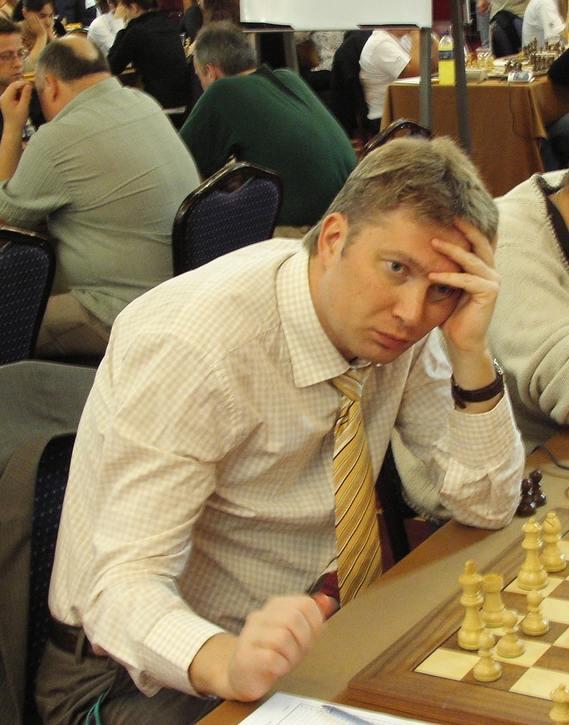
How To Play The Shabalov-Shirov Gambit
The 90s were a decade of complex openings: in particular, the King's Indian and the Semi-Slav.
In 1992, a peculiar attacking idea came out of Latvia to combat the Semi-Slav, Meran Variation.
1.d4 d5 2.c4 c6 3.Nc3 Nf6 4.Nf3 e6 5.e3 Nbd7 6.Qc2 Bd7 7.g4!?
According to Alexei Shirov, both he and fellow Latvian (and later American) grandmaster Alexander Shabalov came up with this idea together: "As I remember, 'Shaba' expressed the idea first, although it occurred to us almost simultaneously while we were listening to pop music and lazily moving the pieces around."

This move 7.g4 is very much in the Latvian tradition of speculative, attacking chess -- going back to Mikhail Tal or even earlier. This is the kind of chess that sets problems for the opponent by creating immediate complications and possibilities for attack, rather than trying to restrict the opponent's possibilities.
The so-called "Shabalov-Shirov gambit" is at the same time a speculative gambit, a dagger at the kingside, and a challenge to the center. Yes, like many other wing advances, 7.g4 does have an aim at the center, since it threatens to displace the knight from f6.
As with all chess moves, 7.g4 must have some downsides. This move obviously weakens the white kingside, thus making it probably not a suitable place for the king. The white king will usually have to find refuge on the more airy queenside. The advance of the g-pawn also makes White rather vulnerable to the opening of the center, when weakened squares such as f3 might be exposed or the g-pawn itself might be attacked.
Shirov soon had a chance to introduce this move to tournament play. This was the game Shirov-Thorhallsson, Reykjavik 1992. Surely the famed attacker was happy to get the opportunity to play this move, and the game was a crushing victory.
Shabalov also had the chance to use the opening, winning an easy game against an early computer, the Mephisto. This line was also later used by Garry Kasparov in his 2003 match with Deep Junior.

It seems that the overly materialistic computers of those days had problems with this opening, and this one just got its bishop trapped. Sadly, this is no longer the case.
The line took off quickly. By the end of 1992 many top players had used the move 7.g4: besides Shirov and Shabalov, Garry Kasparov had used it (in a simul), as well as Smbat Lputian, Michal Krasenkow, and Michael Adams.
How does Black counter this opening? In one of its earliest appearances, the game Adams-Kasparov, the world champion had never seen 7.g4 before. After some thought, he played 7...dxc4, which is still one of the critical lines.
The move's great popularity led it to be examined deeply. In fact, many of its adherents also played the Semi-Slav with Black -- and thus faced their own move! Among these were included both Shabalov and Shirov.
Another interesting idea was later introduced by Vladimir Kramnik. This was 7...Bb4, which he played in a 1996 game against Boris Gelfand, in Berlin.

Kramnik was not the first to play this unusual but strategically justified second move with the bishop: it had already been played unsuccessfully by Ales Pekarek against Krasenkow in 1993. However, Kramnik showed the value of the move, and demonstrated that 7.g4 can indeed leave some serious weaknesses in its wake:
Somewhat later, Gelfand produce a fantastic game -- ironically, using the weapon against its inventor:
Today, this gambit continues to live on, with Black usually choosing between acceptance with 7...Nxg4, 7...dxc4, and 7...h6 (the last being, recently, the most popular). It still provides rich, fiery games just as it did back when Shirov and Shabalov invented it.






